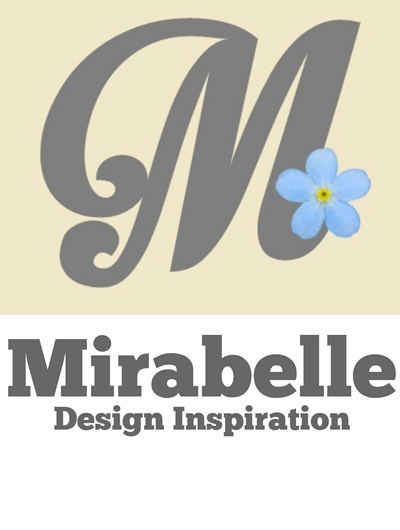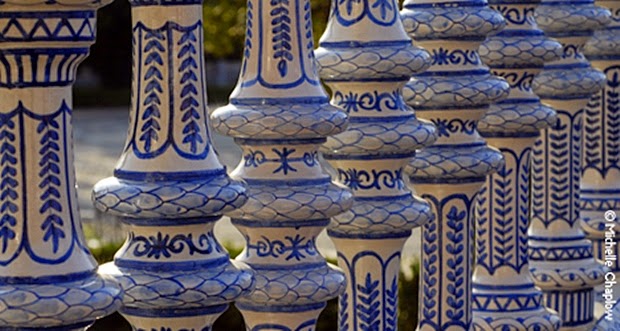Off you go, enjoy the great outdoors: feel the light breeze caress your hair, catch a glimpse of sunshine (no matter how elusive it might be), observe nature coming into its own, and listen to the songbirds! Take pictures out of wild flowers or try identify them with the help of a botanics book, or a knowing friend. Venture down the roads less travelled, make it an adventure for you and your significant others. Improvise a picnic or buy a bag of potato chips from the pier and share it. Pick seashells discarded by sea tide onto the local beach, or just lay a plaid onto the garden lawn and make out a teatime celebration with your loved ones, share stories and anecdotes. Make sure to include nature into whatever you do, for nature is a provider of peace and harmony.










Sources: (1) Cave Swim, Point Lobos (State Reserve CA), photography by Kevin Russ, via Flickr. (2) The Organic Certified 100% Natural Sparkling Citrus Bloom Body Oil by Swedish cult brand Estelle & Thild will invigorate the senses with a burst of citrus base notes and hints of mint. (3) Inspire Organic Cream Eye Polish ('Inspire' is a shade of metallic baby blue with a hint of silver) by RMS Beauty. The RMS Beauty product range was created by Makeup Artist Rose-Marie Swift, and are not only organic but also gluten-free, GMO-free, soy-free, NANO-free and not tested on animals. In addition, the formulations are based upon raw, food grade and organic ingredients in their natural state, allowing their living, healing attributes to penetrate and rejuvenate the skin. (4) Pancratium illyricum, a fragrant bulbous perennial found on the sandy beaches of Northern Corsica, photography by Mirabelle, (01/09/2012). (5) Raw Sapphire Earrings, part of the 1909 fine jewelry collection by Erica Weiner, inspired by antiques, and handmade in NYC. Sapphire is a very interesting stone indeed: "The ancient Persians believed that the earth rested on a giant sapphire and its reflection colored the sky. For millennia, this blue stone's healing powers have been associated with the eyes: Egyptian physicians created an eye wash with sapphire, and Medieval texts refer to it as an elixir for the eyes (particularly when dissolved in milk). [...] Buddhists believed that sapphires had a calming effect on people, which facilitated their devotion to prayer and meditation." (source: Erica Weiner). (6) Thin Multifaceted Pale Sea Glass Eco-resin Stacking Rings with Metallic Gold Leaf Flakes, by RosellaResin, via Etsy. (7) Marinière Glénans Délavé (Nautical Striped T-Shirt), by Tricots Saint James, image capture from their Printemps-Eté 2015 Collection (SS2015) catalogue. Tricots Saint James are a highly-reputed French coastal leisurewear manufacturer, based in Normandy and established 1889. They started off as a specialist knitwear firm, catering for fishermen, which soon enough appealed to a wider range of sailors, yachtmen and seaside tourists worldwide. (8) Harp perforated leather espadrille wedge sandals, with laser-cut scallop trim and ankle strap, by Tabitha Simmons, via Net à Porter. More footwear from Tabitha Simmons website. (9) Cape York Pearl Shells by Coastal Vintage. (10) Rizzaneze (Southern Corsica), photography by Eric Volto, via 500px.
@baguettemagique @rmsbeauty @ericaweiner @Etsy Sparkling Citrus Bloom Body Oil is a great choice for summer! Thanks for including us.
— Estelle&Thild (@EstelleThild) June 24, 2015








